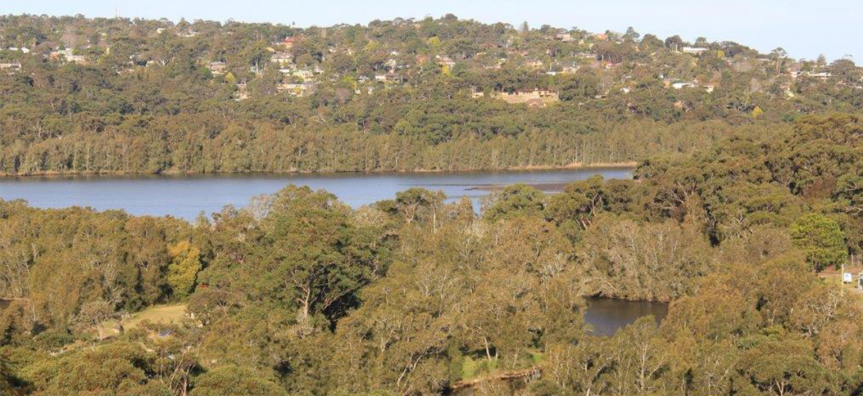Middle Creek Reserve is located along the Wakehurst Parkway and contains one of the highest conservation value bushland areas on the Northern Beaches. Middle Creek and its tributary, Trefoil Creek, form part of an important wildlife corridor linking large areas of bushland reserves in the south of the Beaches with the extensive bushland to the west including Garigal National Park and Narrabeen Lagoon catchment to the south.
Nine native vegetation communities were identified in the study area. These included four endangered communities (swamp oak forest, bangalay alluvial forest, water fern swamp and estuarine paperbark scrub, the last three of which are all forms of swamp sclerophyll forest on coastal floodplains), two regionally significant communities (seagrass meadow and coachwood rainforest), and three other communities (peppermint-angophora forest, bloodwood-scribbly gum woodland and sandstone heath). A total of 313 native plant species has been recorded in the catchment area including three rare Australian species (Angophora crassifolia, Darwinia procera and Lomandra fluviatilis), 23 species considered threatened in northern Sydney, four species considered threatened on the Northern Beaches, and eight biogeographically significant species.
A total of 138 native fauna species have been recorded in or near the Middle Creek area, consisting of five frog species, 18 reptile species, 100 bird species and 15 mammal species. These include nine threatened species: giant burrowing frog, Rosenberg's goanna, black bittern, osprey, glossy black-cockatoo, powerful owl, spotted-tailed quoll, frey-headed flying-fox and common bentwing bat. Of special significance is an osprey nest tree, which was the site of the first successful breeding record of the species in the Sydney region.
Wildlife Protection Area
Dogs and cats are not allowed here at any time. Find out more


